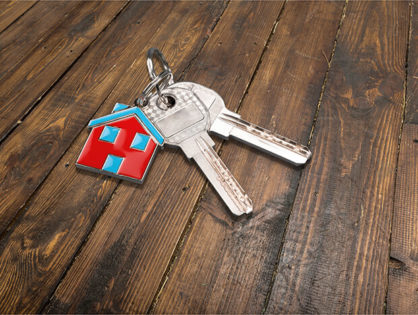The booming era when real estate investors could easily buy and flip homes for quick profits seems to have ground to a halt. As revealed by recent trends in select U.S. cities, sky-high house prices combined with elevated mortgage rates have substantially dampened the demand for homes, forcing investors to offload properties at a loss. According to a new report by Redfin, approximately one in every seven homes (13.5%) sold by investors in March resulted in a loss. This figure stands in stark contrast to the overall U.S. home sales, where only 4.8% of homes sold in March were at a loss.
The situation in February was even more daunting for real estate investors, as they experienced losses on 14.5% of homes sold, the highest rate since 2016. This figure is a far cry from the record monthly low of 2.8% in May 2022. These trends are dispelling the prevailing myth that buying and selling real estate is an almost guaranteed profit-making venture. However, it should be noted that the statistics still largely favor investors.
The Impact of Pandemic-Induced Price Surges and High Mortgage Rates
In terms of geographic distribution, the likelihood of selling homes at a loss is most prevalent in markets that experienced the most significant house price surges during the pandemic. Redfin’s report analyzed data from 40 of the most populous U.S. metropolitan areas and found that elevated mortgage rates have been eroding investor profits while concurrently increasing the typical homebuyer’s monthly payment. Consequently, homebuying demand has slowed, pushing down sale prices and increasing the percentage of investor-owned homes sold at a loss.
Phoenix, Arizona, was the hardest-hit market in March, with 30.7% of homes sold by investors incurring losses. This was closely followed by Las Vegas, Nevada (28%), Jacksonville, Florida (20.9%), Sacramento, California (20.2%), and Charlotte, N.C. (17.4%). Conversely, investors were less likely to lose money in affordable areas where house prices didn’t escalate as significantly during the pandemic, as well as in certain South Florida markets. Virginia Beach, Virginia, recorded only 1.7% of homes sold by investors at a loss in March, marking a considerable contrast with Phoenix.
Long-Term Investors vs. Flippers: Different Strategies in the Face of Losses
Redfin’s senior economist Sheharyar Bokhari explained that while many long-term investors are choosing to hold onto their properties until the housing market recovers, many flippers, particularly those who bought recently, cannot afford to do so. This is primarily due to the high costs associated with holding onto non-income-generating properties, including property taxes, operating costs, and monthly mortgage payments. Some short-term investors are also choosing to sell their properties as they foresee further potential drops in prices and aim to minimize their losses.
Despite the current high number of investor-owned homes selling at a loss, a significant number of housing investors continue to profit from buying and selling homes, even amid cooling housing markets. In March, the typical investor sold a home for 45.9% ($145,714) more than the price they paid. However, these gains have decreased from 55.3% ($173,458) a year earlier and a pandemic peak of 67.9% ($199,274) in June 2022.





